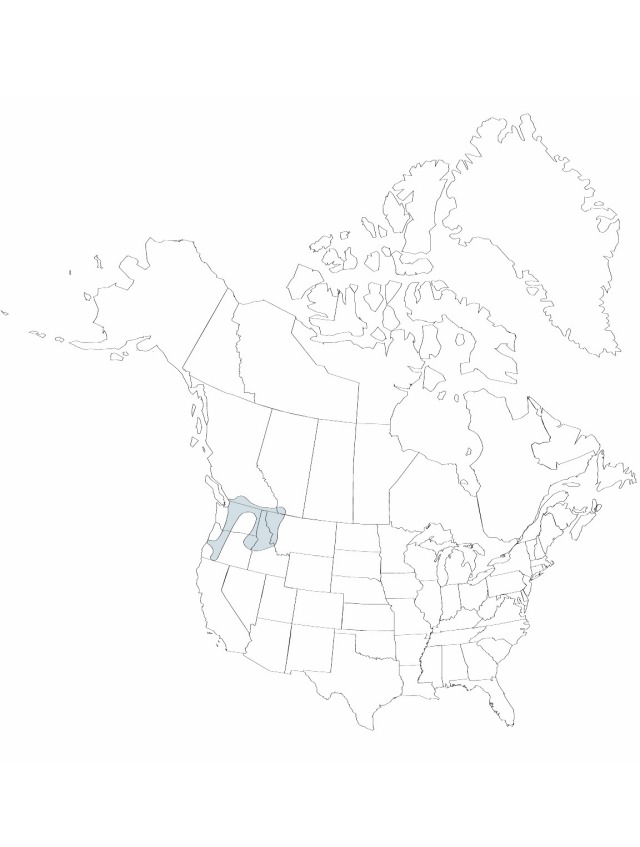Difference between revisions of "Luzula hitchcockii"
Annales Botanici Fennici 8: 368. 1971.
FNA>Volume Importer |
imported>Volume Importer |
||
| Line 8: | Line 8: | ||
}} | }} | ||
|common_names=Hitchcock's wood rush | |common_names=Hitchcock's wood rush | ||
| + | |special_status={{Treatment/ID/Special_status | ||
| + | |code=E | ||
| + | |label=Endemic | ||
| + | }} | ||
|basionyms= | |basionyms= | ||
|synonyms= | |synonyms= | ||
| Line 46: | Line 50: | ||
|publication title=Annales Botanici Fennici | |publication title=Annales Botanici Fennici | ||
|publication year=1971 | |publication year=1971 | ||
| − | |special status= | + | |special status=Endemic |
| − | |source xml=https:// | + | |source xml=https://bibilujan@bitbucket.org/aafc-mbb/fna-data-curation.git/src/bb6b7e3a7de7d3b7888a1ad48c7fd8f5c722d8d6/coarse_grained_fna_xml/V22/V22_283.xml |
|genus=Luzula | |genus=Luzula | ||
|subgenus=Luzula subg. Anthelaea | |subgenus=Luzula subg. Anthelaea | ||
Revision as of 21:21, 27 May 2020
Rhizomes short to long-running, thick. Culms cespitose, 15–50 cm. Leaves: basal blade flat, apex involute?? revolute??, mostly glabrous; cauline leaves 3–5, 2–6 cm × 3–10 mm. Inflorescences anthelate; branches spreading less than 90°, lax; proximal bracts much shorter than inflorescence; bracts brownish, clear toward apex, margins lacerate; bracteoles light brown, 1/2 length of tepals, margins dentate. Flowers solitary or in pairs; tepals reddish to dark brown, nearly equal, 2.5–3.5 mm, apex acute, not reflexed; anthers 3 times filament length; stigmas 2 times style length. Capsules blackish, ovoid, 2.5–3.5 mm; beak to 1 mm. Seeds dark brown, 1.2–1.8 mm; caruncle barely visible.
Phenology: Flowering and fruiting summer.
Habitat: Montane forest to subalpine and alpine slopes, ridges, and meadows
Elevation: 1700–2400 m
Distribution

Alta., B.C., Idaho, Mont., Oreg., Wash.
Discussion
Although Luzula hitchcockii has been reported from California, no convincing specimens have been seen by this author. The species resembles the European L. glabrata (Hoppe) Desvaux very closely; however, it is readily distinguished from all other North American species. Plants may be heavily infested with Ustilago vuijckii Oudemans. and Beijerinck. complete last names??, which considerably alters their usual appearance.
Selected References
None.